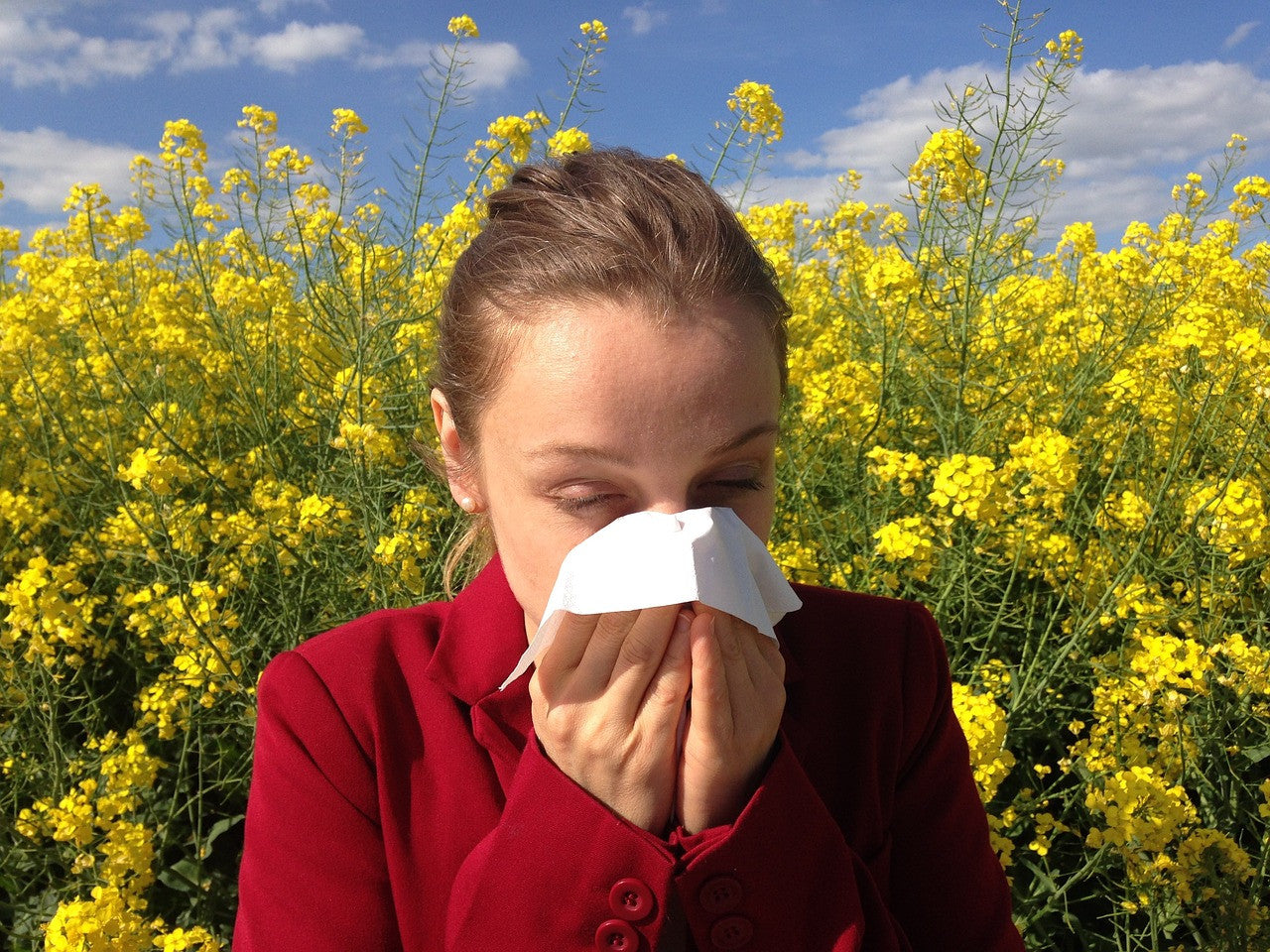Formaldehyde, also known as methanal, is an organic compound which is naturally occurring. Formaldehyde can be described as a bit more complicated compared to other simple carbon compounds because it is able to adopt in numerous different forms. The most common form is in gas. Under this form, formaldehyde is flammable and has a strong odor.
WHERE FORMALDEHYDE IS FOUND

Formaldehyde can be found in resins for composite wood products (particleboard, hardwood plywood and medium-density fiberboard), household items (paints, lacquers, coating, glues and permanent press fabrics), pesticides or fertilizers and also in consumer and cosmetic products like fabric softeners and dish washing liquids as preservatives.
This compound is also present in clothes since it is used to prevent wrinkles and mildew. It may be quite useful in preserving clothing materials since it can also increase stain resistance and colorfastness. Unfortunately, the presence of formaldehyde in clothes can cause problems for people.
ISSUES WITH FORMALDEHYDE

Here are some reasons why formaldehyde is not as good as it seems:
1. Formaldehyde is considered toxic in various countries
Formaldehyde is considered as a human carcinogen as declared by the International Agency for Research on Cancer. Countries such as the US and Canada have declared this material as toxic.
2. Research proves dangers attached to formaldehyde
A recent study conducted by the US Environmental Protection Agency has revealed that the highest levels of formaldehyde can be detected in the air which is often released from popular consumer products like building materials and furnishings as well as in cleaning products.
A person who is exposed to airborne formaldehyde may experience respiratory problems like chest pains, bronchitis, coughing and wheezing.
3. Some people have known sensitivity to this carbon compound
People who are extremely sensitive to formaldehyde will experience nasty side effects even with low level exposure. Patients have reported dermatitis (skin rash or skin irritation) and runny nose or headache when they come in contact with products which contain formaldehyde.
Small amounts or minimal exposure to formaldehyde may not be as risky or toxic but people who are highly sensitive may be able to experience a number of side effects which can be quite serious or even debilitating in extreme cases.
The presence of formaldehyde in more items other than clothes can be very troublesome for people who are sensitive to chemicals in general since they will most likely suffer more from the exposure.
4. Ill-effects in general
Formaldehyde is known to cause ill effects to one’s health, even those who aren’t really allergic to the compound. It can cause irritation to the skin, throat, eyes and nose. Prolonged exposure may even result to certain types of cancers for some patients.
5. Long-term effects
Overexposure to this compound, especially for highly sensitive patients may lead to far more serious complications. Patients can possibly experience flu-like symptoms at the start but if the condition is not treated immediately, then it may lead to shock or even stroke.
Chronic or prolonged exposure to formaldehyde through inhaling can also cause severe side effects such as lesions in the lungs as well as labored breathing which can lead to long term damage to the lungs.
6. Pros and cons for clothing
Formaldehyde plays a big role in the clothing industry since it can be used to prevent mildew when transporting as well as minimize the presence of wrinkles. However, a notable number of consumers have reported experiencing headaches and sore throat when wearing new clothes without washing them.
In this case, the best way to minimize formaldehyde exposure is to give your new clothes a quick spin in the washer to get rid of traces of the substance.
7. Dangers to children
Children who may have been exposed to formaldehyde for an extended period of time will likely develop asthma or other similar medical conditions.
Clothing items with excessive formaldehyde is harmful especially to children because of their sensitive skin. Constant contact with such clothing items will cause dermatitis and other similar skin conditions.
HOW TO PROTECT YOURSELF AGAINST THE NEGATIVE EFFECTS OF FORMALDEHYDE
- Take the time to wash new clothes instead of wearing them right away. This precautionary measure will remove about 60% of formaldehyde from the clothing, which is great news for people with hypersensitive skin.
- Choose clothing made from organic cotton materials such as what we produce here at Cottonique. Buy eco-friendly clothing from our store here!
- Smell the clothing first to check if they emit too much chemical scent.
-
Avoid items that are labeled “iron-free,” “wrinkle-free,” “stain resistant” or “permanent press” because there is a big possibility that they contain formaldehyde.
DISCLAIMER: The information presented on Cottonique is not, and will never be, intended to be a substitute for professional medical advice, diagnosis, or treatment. All content materials found on this site, from text, treatments, outcomes, charts, graphics, photographs, and study findings, are created and published for general informational purposes only. It should not, in any way, be construed as a standard of care to be followed by a user of the website.
Thus, readers are encouraged to verify any information obtained from this website with other accurate references and review all information regarding any medical condition or treatment with their physician. As Cottonique strives to help those with allergies live with better days, the hypoallergenic apparel brand encourages everyone to always seek the advice of their physician or other qualified health providers with any questions they may have regarding a medical condition.






22 comments
Lyn
We went on a Memorial Day picnic plates and napkins in the American flag design, from Walmart. My nose started itching at first then intensely itching then burning inside and out, then my boyfriends and my noses started running. It finally occurred to me it may be some chemical in these napkins?! We started using a towel I’d brought instead and the burning pain subsided. But my nose kept running and I got done congestion in my throat after the picnic. 7 hours later I have a headache and coldtime feeling in my sinuses and behind my eyes. So I googled this. I hope symptoms go away. It sounds like formaldehyde from these comments.
Tyler Douglas
I work a 9-5 desk job, and because the seat is so hard, I usually keep a rag up in there. Is there Formaldehyde in washcloths?
Please reply in email at tyler.dog504@gmail.com
Ann
Does anyone know of any group advocating to get rid of formaldehyde in our clothing, especially bras and underwear??
ALice D
I had a severe allergic reaction to this chemical!! Severe and painful for almost 6 weeks now. Two rounds of very strong antibiotics and a strong creme. Painful and I have never been allergic to anything. It is a real concern. I now wash everything I wear or sleep on! Bought a pair of Michael Kors pants and wore before wearing. Dye wire off on my skin and then the rash started. Horrible. Almost put in hospital!
Rosanne
John Smith- I have spent the last month in the most physical distress I have ever experienced. Childbirth was an easier experience. I purchased a cashmere turtleneck and wore it prior to washing. I left the house and went to an appointment. I develeped allergic contact dermatitis which took over my life. The itchiness was unbearable. Maybe as you say it takes a larger amount to cause cancer, but do not dismiss the effects of formaldehyde out of hand. I am 52 years old and have never had any allergic reactions prior to this. I am 4 weeks into this ordeal. I am still a bit itchy though nowhere near as bad. My skin is thick and has redscaly patches. I think it will take at least another month for my skin to recover.
Leave a comment
All comments are moderated before being published.
This site is protected by reCAPTCHA and the Google Privacy Policy and Terms of Service apply.